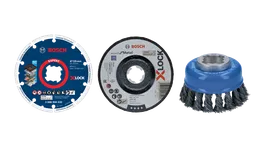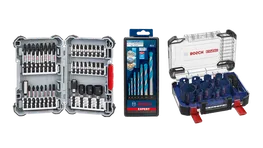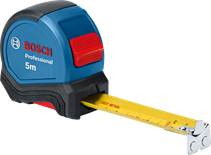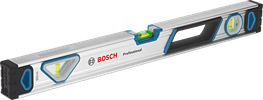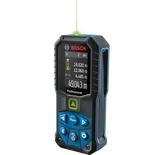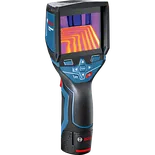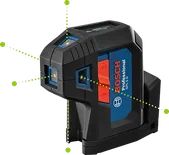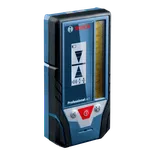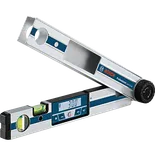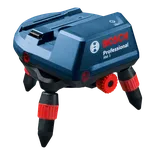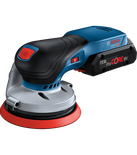The principle way of classifying a power tool battery – both at Bosch Professional and elsewhere – is voltage. Voltage is a major factor in determining the amount of power a battery can make available to tools. Bosch Professional power tool batteries fall into five groups, each with a different power level. They are described in terms of their voltage:
- 10.8V / 12V
- 18V / ProCORE18V
- 36V
- Each of these battery voltage groups is associated with a compatible set of Bosch blue tools. So, the voltage identified in the name of your power tool will tell you which group of batteries you can choose from.
Each of these battery voltage groups is associated with a compatible set of Bosch blue tools. So, the voltage identified in the name of your power tool will tell you which group of batteries you can choose from.
For maximum freedom and convenience, every battery of a particular voltage is compatible with every tool of the same voltage. There is no risk of accidentally using a battery of one voltage and a tool of a different voltage, since Bosch Professional has given the various voltage groups different types of physical connection.












